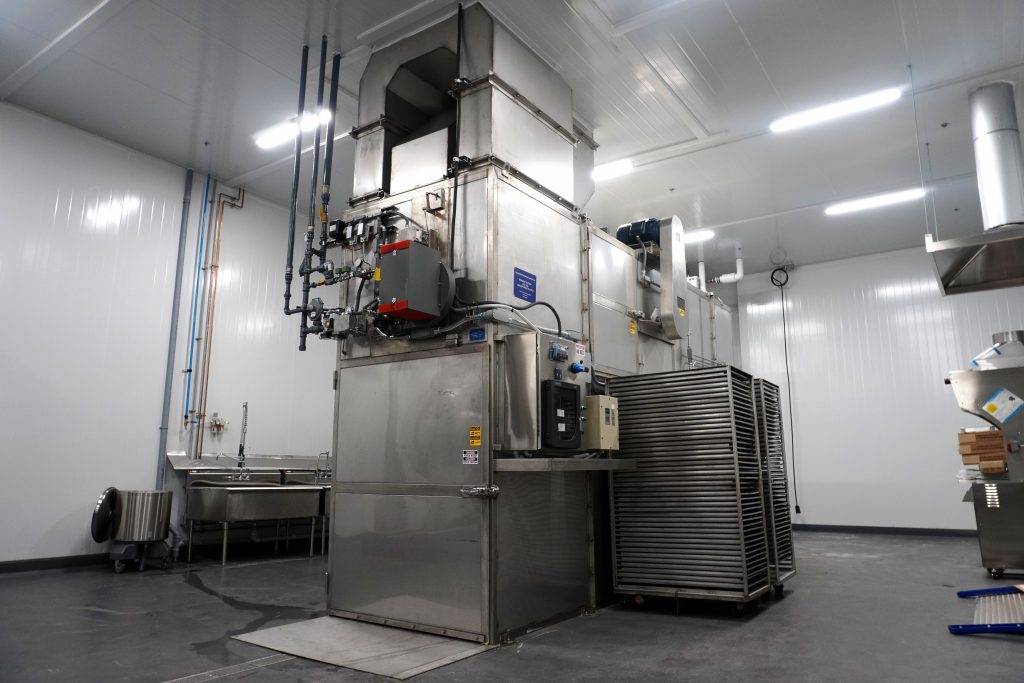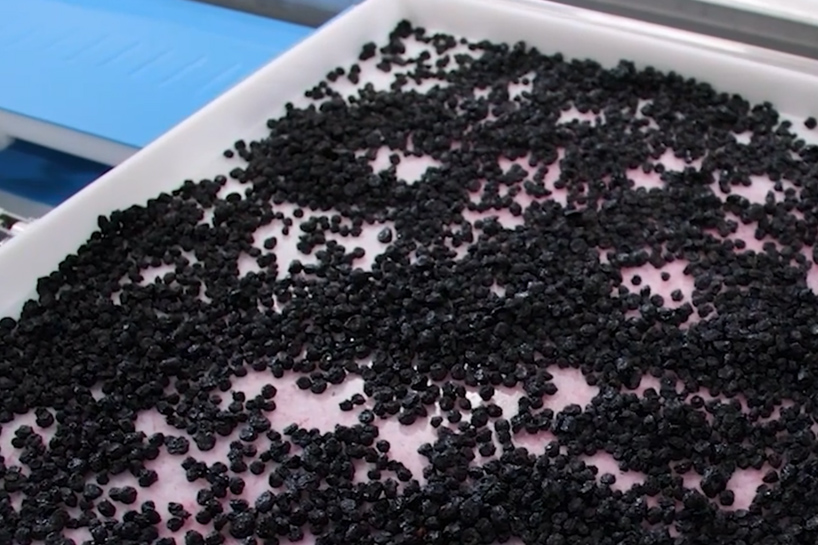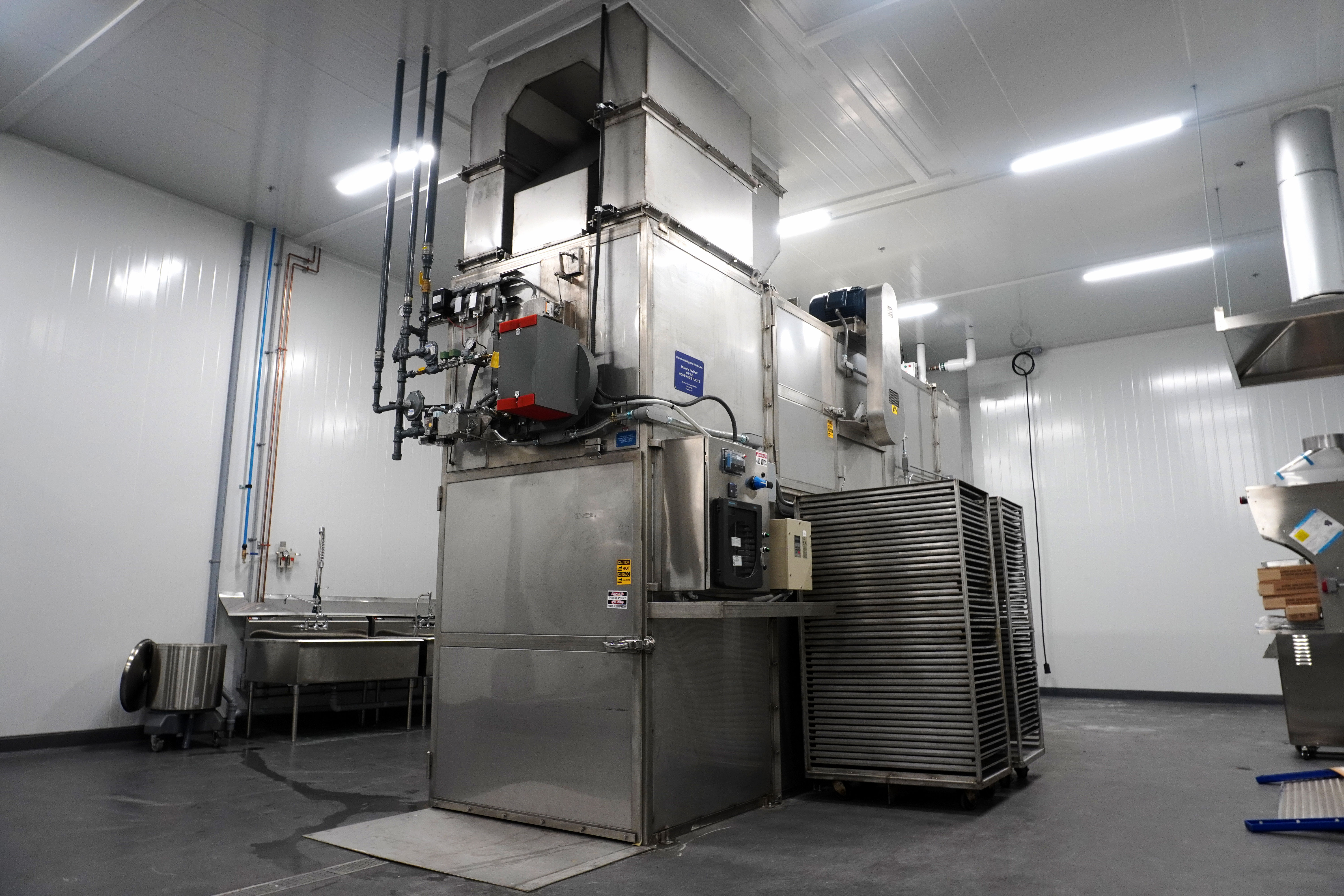Why bigger dehydrators don’t always mean more output
When scaling up food production, it’s tempting to think that the largest commercial dehydrator on the market will deliver the best results. But in food processing, capacity and throughput are not the same. The physical size of a dehydrator doesn’t always translate to higher output or better efficiency. For manufacturers and innovators focused on commercial food drying, understanding the difference can make or break productivity, cost savings, and product quality.

Capacity vs. Throughput
Capacity is the total space available inside a commercial or industrial dehydrator for loading trays of food. Throughput is how much finished, properly dried product you can reliably produce per cycle or per day. Many buyers focus on the number of trays or cubic feet, but this only tells part of the story. True output depends on how much of that space can be used efficiently, and how consistently the machine delivers high-quality results.
A machine with a massive footprint may look impressive, but if airflow or heat distribution is uneven, you might end up with only 60–70% of your trays producing usable product. The rest might be under-dried, over-dried, or require reprocessing, which wastes time, energy, and raw materials. This is a common challenge with traditional tray-based dehydrators, especially as they get larger.
The role of airflow and heat distribution
Uniform airflow and precise heat distribution are critical for maximizing usable capacity in any commercial dehydrator. Inconsistent drying leads to product loss, increased labor, and higher operating costs. The larger the dehydrator, the harder it becomes to ensure every tray receives the same conditions.
Airflow patterns
In large tray systems, air may not reach the center or corners effectively, leaving some trays wetter or overdried.
Heat gradients
Temperature can vary from one end of the chamber to the other, especially if the machine isn’t engineered for balanced distribution.
Batch consistency
The more trays you add, the greater the risk of uneven drying unless the system is specifically designed to manage it.
This is why some commercial food producers find that running two smaller units in parallel can yield more consistent results than relying on a single oversized machine.
When more space doesn’t mean more yield
The real measure of a dehydrator’s value is “usable capacity”, the percentage of the chamber that consistently produces high-quality, saleable product. Traditional tray dehydrators deliver only 60–70% usable capacity, especially at larger scales. The rest of the space is lost to uneven drying, hot spots, or the need to leave gaps for airflow.
This inefficiency impacts not just output, but also energy consumption and labor costs. Every tray that doesn’t dry properly represents wasted ingredients, time, and electricity, direct hits to your bottom line.
Technology spotlight: REV™ microwave dehydration
EnWave’s Radiant Energy Vacuum (REV™) technology changes the equation. Instead of relying solely on airflow and external heat, REV™ uses targeted microwave energy under vacuum to remove moisture quickly and evenly throughout the product load.
- Uniform drying: Microwave energy penetrates the entire batch, ensuring every piece dries at the same rate.
- Energy efficiency: Faster, more uniform drying reduces power consumption and shortens processing times, supporting sustainability and cost savings.
REV™ technology is especially valuable for high-value dried fruit snacks, plant-based crisps, and other innovative products where consistency and quality are non-negotiable. For commercial and industrial food processors, this means higher commercial drying yield and more predictable product development cycles.

Choosing the right dehydrator for your business
When evaluating commercial dehydrators, don’t rely solely on the size of the chamber or the number of trays. Consider:
- Usable capacity: What percentage of the machine’s space produces saleable product?
- Airflow and heat management: How does the system ensure every tray dries evenly?
- Energy use: Is the machine engineered for efficiency at full load?
- Flexibility: Can you adjust settings for different products or batch sizes without sacrificing quality?
- Maintenance: Are cleaning and tray handling manageable at scale?
A commercial dehydrator is a major investment. The right choice supports growth, reduces waste, and helps you bring better products to market. Whether you’re drying fruits, vegetables, meats, or specialty snacks.
Bigger isn’t always better. In commercial food dehydration, output efficiency, product quality, and operational costs depend on more than just chamber size. Technologies like REV™ microwave dehydration deliver a step-change in usable capacity and throughput, helping food businesses achieve their goals with less waste and greater consistency.
To learn how EnWave’s microwave drying equipment can transform your food processing strategy, visit enwave.net or contact us.
Further Reading:
Everything You Need to Know About Buying a Food Dehydrator – Septree
How to Pick the Best Food Dehydrator – Dehydrators America


